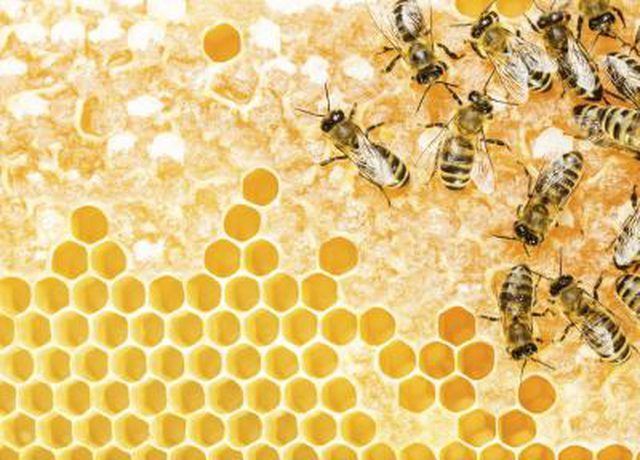Bulbs
Flower Basics
Flower Beds & Specialty Gardens
Flower Garden
Garden Furniture
Garden Gnomes
Garden Seeds
Garden Sheds
Garden Statues
Garden Tools & Supplies
Gardening Basics
Green & Organic
Groundcovers & Vines
Growing Annuals
Growing Basil
Growing Beans
Growing Berries
Growing Blueberries
Growing Cactus
Growing Corn
Growing Cotton
Growing Edibles
Growing Flowers
Growing Garlic
Growing Grapes
Growing Grass
Growing Herbs
Growing Jasmine
Growing Mint
Growing Mushrooms
Orchids
Growing Peanuts
Growing Perennials
Growing Plants
Growing Rosemary
Growing Roses
Growing Strawberries
Growing Sunflowers
Growing Thyme
Growing Tomatoes
Growing Tulips
Growing Vegetables
Herb Basics
Herb Garden
Indoor Growing
Landscaping Basics
Landscaping Patios
Landscaping Plants
Landscaping Shrubs
Landscaping Trees
Landscaping Walks & Pathways
Lawn Basics
Lawn Maintenance
Lawn Mowers
Lawn Ornaments
Lawn Planting
Lawn Tools
Outdoor Growing
Overall Landscape Planning
Pests, Weeds & Problems
Plant Basics
Rock Garden
Rose Garden
Shrubs
Soil
Specialty Gardens
Trees
Vegetable Garden
Yard Maintenance
Facts About the Sourwood Tree
Facts About the Sourwood Tree. Native to the southeastern United States, the sourwood tree (Oxydendrum arboreum) derives its name from the flavor of its acidic foliage rather than that of the wood itself. It has a sweet side too, being the pollen source of a honey named after it. Sourwood blooms after most other trees, in late June and July, and is...

Native to the southeastern United States, the sourwood tree (Oxydendrum arboreum) derives its name from the flavor of its acidic foliage rather than that of the wood itself. It has a sweet side too, being the pollen source of a honey named after it. Sourwood blooms after most other trees, in late June and July, and is indigenous from lower Pennsylvania to upper Florida. With panicles of midsummer flowers and flaming fall foliage, it can also decorate home landscapes in U.S. Department of Agriculture plant hardiness zones 5 to 9.
Burning Bright
Although it may reach heights of 60 feet or more in the wild, the slow-growing sourwood probably won’t exceed 25 to 35 feet in your garden. Its dangly and glossy 3- to 8-inch leaves emerge with a bronze hue in the spring and the tree’s furrowed, gray-brown bark sometimes glows with hints of red. In autumn, the leaves change color early and exuberantly, to shades of orange, red and burgundy.
With Bells On
A young sourwood tree may begin to flower when it is only 3 to 4 feet tall. The bell-shaped, 1/4- to 1/3-inch white flowers crowd into panicles up to 10 inches long which dangle from the tips of drooping branches in midsummer. Those panicles age into sweeping sprays of 1/3-inch oval, greenish-brown seed capsules which turn a silvery gray by autumn.
Going to Seed
If you wish to start your own trees, gather seed capsules in September or October when they are just beginning to crack open and extract the tiny seeds. Scatter them thinly over the surface of damp and sterile seed-starting mix and press them into that surface, but don't cover them. After topping the container with plastic wrap to maintain moisture, place it in a warm and bright position, such as under a grow light, until the seeds begin to germinate in about three weeks. If you can't plant the seeds right away, dry and store them for later use, as they can remain viable for years.
Taking Care
Since sourwood is difficult to transplant from the wild, you will probably need to purchase a container-grown seedling if you can’t start your own. Choose a position for it in well-drained, acidic soil where it will receive full sun to partial shade. Because sourwood doesn't tolerate air pollution, it is better suited to small town and rural settings than urban ones. If you keep the tree well-watered and mulched during dry periods and avoid disturbing its roots, it shouldn’t require other care.